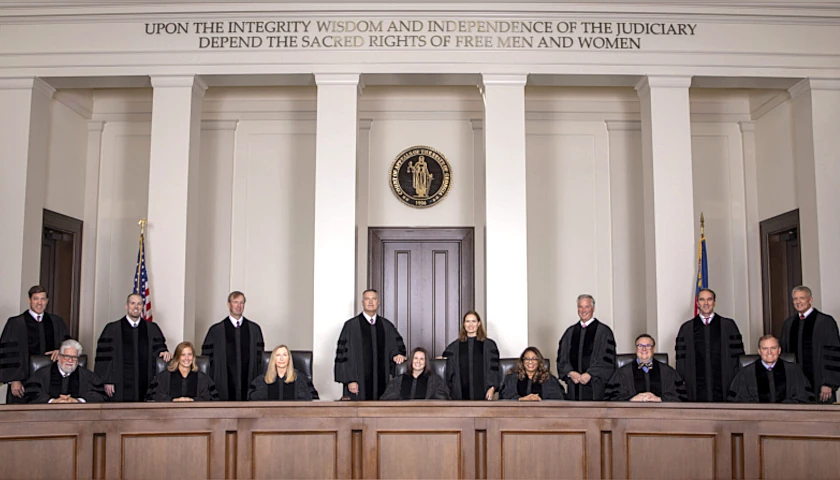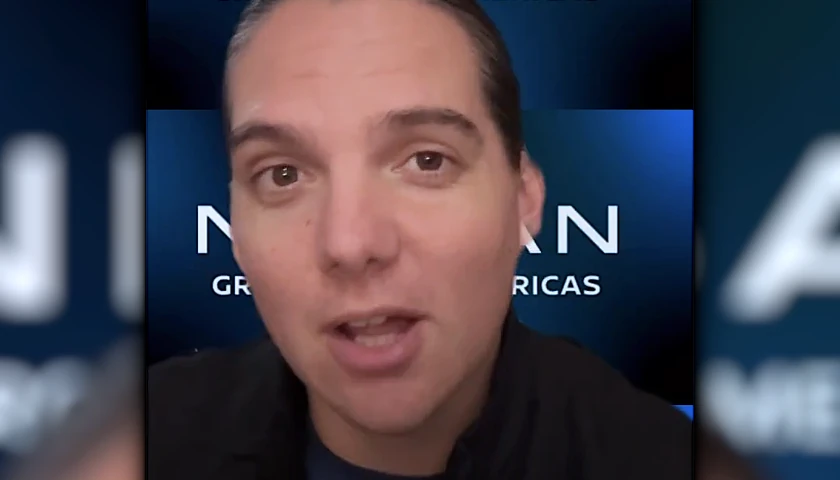It is National Sunshine Week, which celebrates transparency in government, including creating awareness about requesting information from governments through FOIA public record requests. In Arizona, there are two tools provided by state agencies that allow anyone to look online at some of the government spending by state and local governments. Although it is a minimal amount of data, it reveals some missteps and waste.
Royce Flora, who served as Maricopa County Treasurer until January 2021 when he resigned early in disgust over the actions of the Maricopa County Supervisors, told The Arizona Sun Times he was disappointed with the amount of information available. “The political elite have always tried to place their people in key positions to protect and hide what they are doing,” he said. “The Maricopa Board of Supervisors got very good at this and now control all information flow. They are the Putins of Arizona. True transparence means not only providing information but in a usable and easily understandable format to the taxpayer.”
The Arizona State Treasurer manages azcheckbook.com, which provides information about funding the state gets from all sources, including the federal government, and how much it is distributing to schools, cities, and towns. The Arizona Department of Administration operates openbooks.az.gov, which provides checkbook-level information about individual state expenditures, including at the city and county levels.
Openbooks.az.gov’s most recent report on spending by Maricopa County is on the Maricopa Association of Governments Regional Transportation Plan, known as Prop. 400, the half-cent sales tax devoted to improving transportation with a heavy emphasis on light rail and public transportation. The report analyzed its performance between 2015 and 2020 and found numerous failures. Ridership decreased by 26 percent during those years, with light rail passengers dropping by 10 percent and bus riders dropping 30 percent. Travel time worsened between 2015 and 2019, taking an average of 21 percent longer in Phoenix during peak hours.
Prop. 400 has come under heavy criticism for its failures, with the Arizona Free Enterprise Club urging legislators to avoid extending it any longer. SB 1356 passed the Senate with only nine Republican Senators objecting and is likely to be signed into law by Governor Doug Ducey.
Openbooks.az.gov also reveals that Maricopa County was dinged in the Arizona Auditor General’s last audit in June 2021, which found that “The County’s deficiencies in its process for managing and documenting its risks may put its operations and IT systems and data at unintended and unnecessary risk of potential harm.” Similarly, the independent ballot audit of Maricopa County’s 2020 election found extensive problems with the way the county handled IT security.
The procedural review reports of state agencies haven’t been updated since the middle of 2018. Those reviews are sent to the legislature. Reports on the distribution of taxpayer donations, which are also sent to the legislature, haven’t been updated since 2015. That report and others in years prior revealed that far more taxpayers contributed to the Democratic Party through their tax returns than to the Republican Party. In 2015, $32,798 was donated compared to just $19,489 to the Republican Party.
Data on school spending is current through 2021, finding that “the State per-pupil spending and instructional spending percentage continued an upward trend, and the State average teacher salary increased to $56,349 — a 16.5 percent increase over 2017’s average.” Arizona is frequently slammed for low spending on education, without reporting that spending has been substantially increasing.
The compliance reviews for school districts names two that are not in compliance with the Uniform System of Financial Records for Arizona School Districts this year, Bowie Unified School District and Show Low Unified School District. Last year, 11 school districts fell out of compliance.
Much of the data isn’t descriptive enough to understand it without making further public records requests. For example, under expenses by category, there are grants listed, but they don’t state in much detail what they are for, only the name of the recipient.
There are total numbers for types of payments made, but they are not broken down. In Fiscal Year 2020-2021, over $2 million was spent on “public aid to political candidates,” which is clean elections funding. Another $11.5 billion was spent on “aid to organizations.”
Azcheckbook.com contains piecharts and graphs showing the breakdown of what types of revenues are brought in. The amount of money flowing to school districts is broken down individually and by type of tax revenue. Tax revenues increased each year since 2016, from over $11 billion in 2016 to well over $17 billion in 2021.
– – –
Rachel Alexander is a reporter at the Arizona Sun Times and The Star News Network. Follow Rachel on Twitter. Email tips to [email protected].
Photo “Arizona Capitol” by Gage Skidmore CC BY 2.0.








